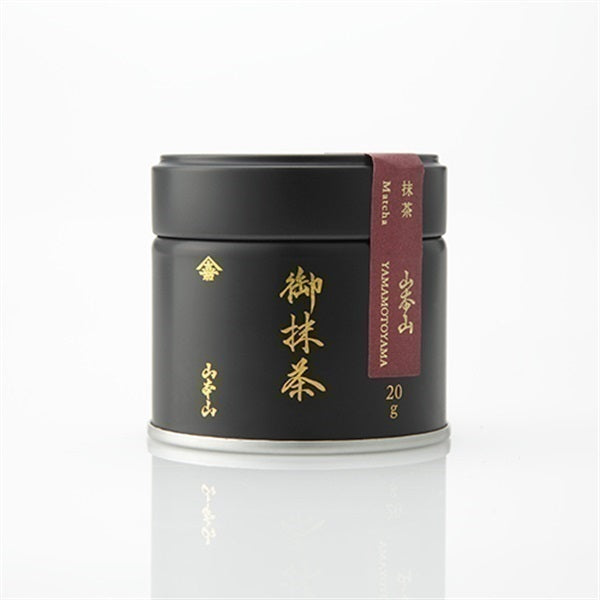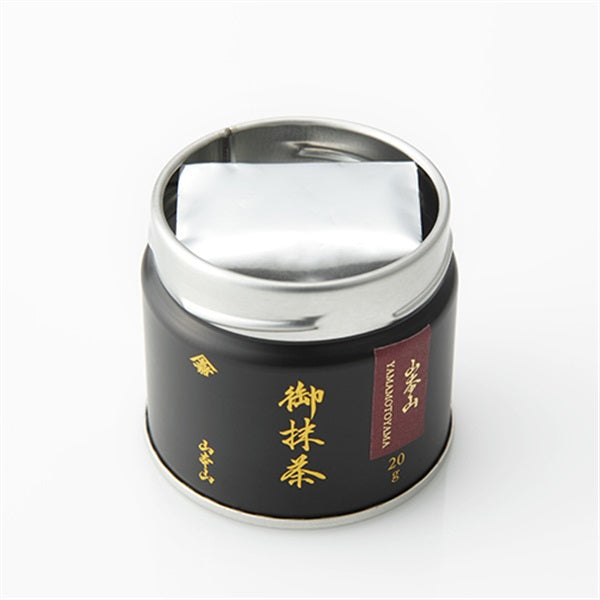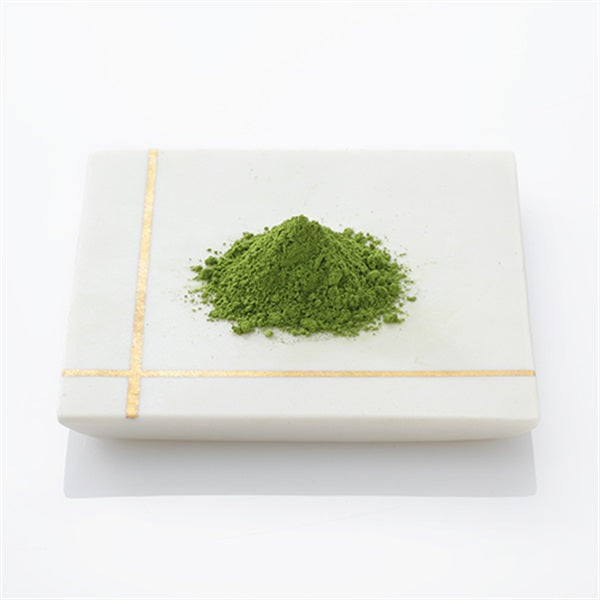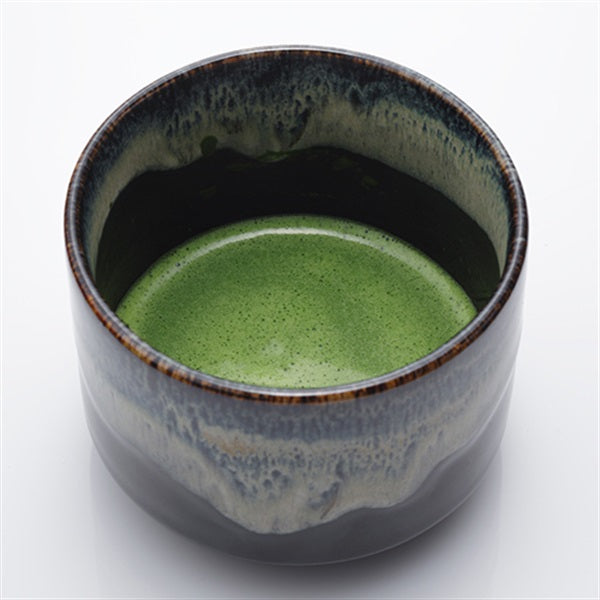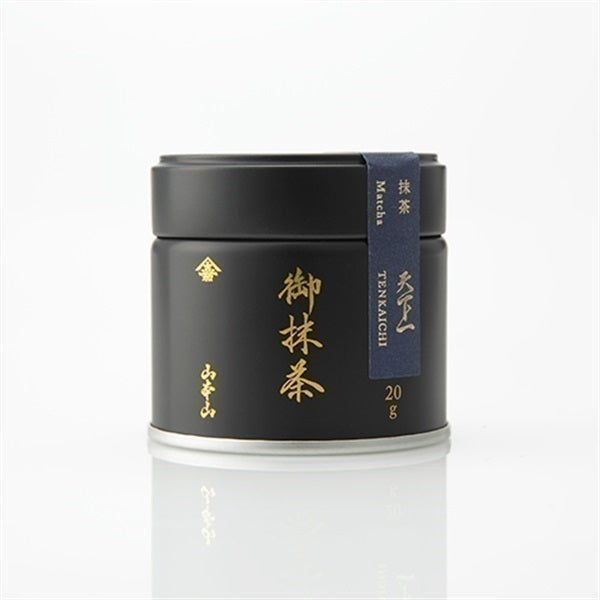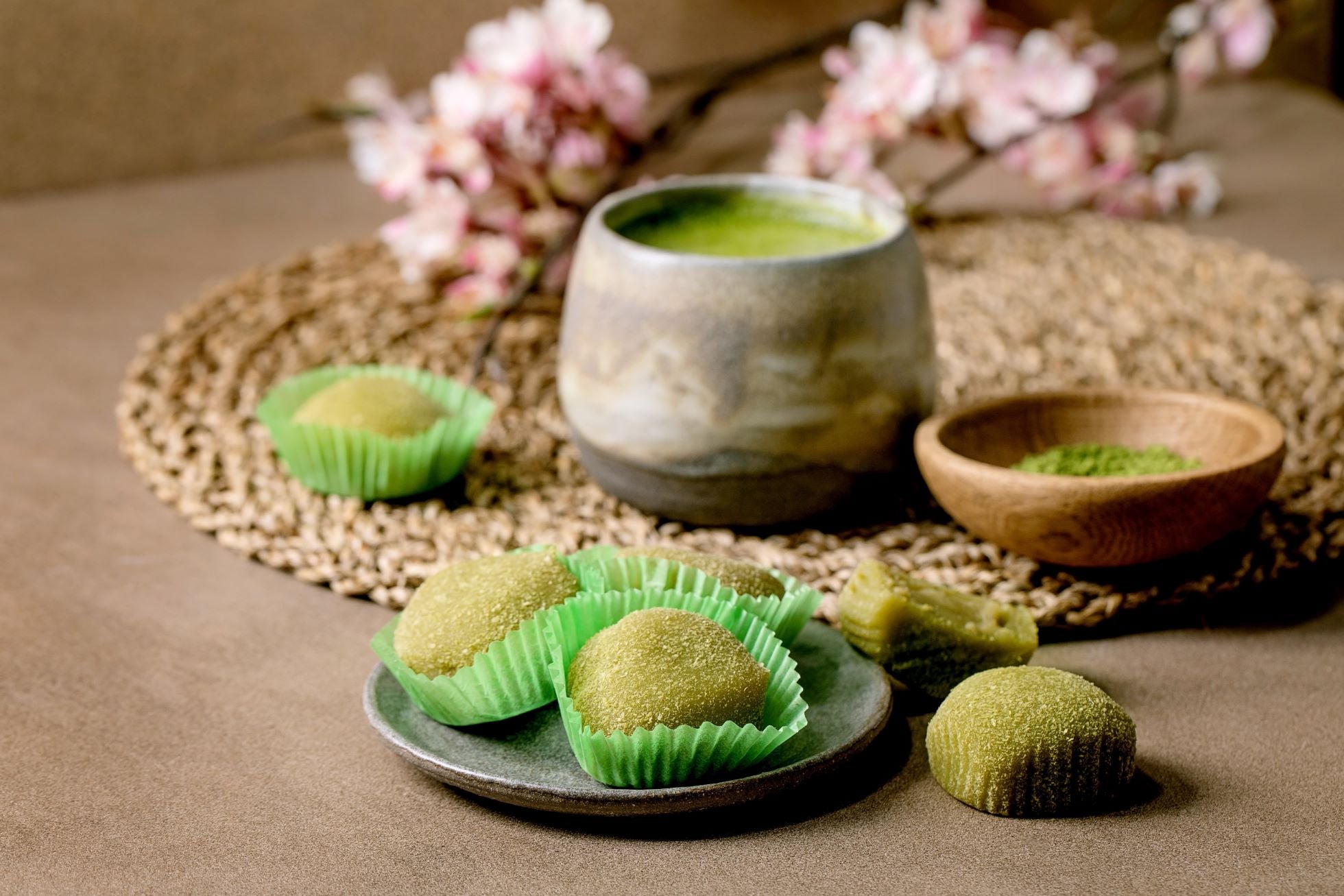
[For beginners] An easy-to-understand explanation of the basics of matcha
Matcha: the main ingredient in the tea ceremony
The tea ceremony has been loved by the Japanese since ancient times, and matcha is at the heart of it.
The tea ceremony, perfected by Sen no Rikyu, has developed into a culture that pursues the spirit of hospitality and the Zen spirituality of wabi-sabi through the act of preparing and drinking matcha.

Matcha ingredients: Tencha's commitment
Matcha is a finely powdered tea made by grinding dried tea leaves into a fine powder using a stone mill. The raw tea leaves are called "tencha."
The character "ten" means "to grind in a mortar," and tencha is indeed tea leaves made by grinding in a mortar.
The raw leaves that are the raw material for Tencha are grown in the same way as Gyokuro, using a method called "Ohishita cultivation" that concentrates the umami components by shading the leaves from sunlight for a long period of time.
The most distinctive feature of tencha is that the tea leaves are not rolled during the manufacturing process.
While other green teas have their leaves rolled to set the shape, tencha leaves are dried as is without rolling. The finished tencha is then left to mature for a period before being slowly ground in a stone mill. This painstaking cultivation and careful processing results in matcha with a beautiful color and aroma.

In recent years, matcha has been attracting attention for its health benefits.
Matcha, the star of the tea ceremony, which is considered the pinnacle of Japanese culture, is not just a delicious drink; in recent years it has also been gaining attention for its high nutritional value.
Matcha is rich in various nutrients such as catechins and vitamin C, and is expected to have antioxidant effects and fatigue recovery effects.
Another great thing about this tea is that it doesn't leave any tea leaves behind, so you can get all of the healthy nutrients contained in the tea without leaving anything behind.

The matcha boom spreads around the world
In recent years, matcha's elegant flavor and health benefits have attracted attention, and it is now used in a variety of applications, including sweets and cooking.
The matcha boom is sweeping not only Japan but the world, with many products using matcha, such as matcha latte and matcha ice cream, now appearing.

